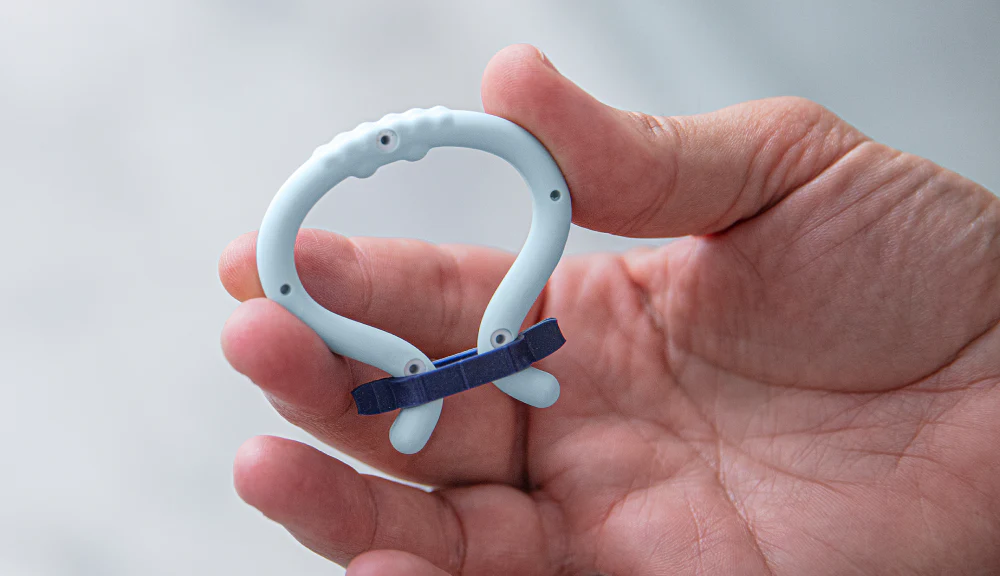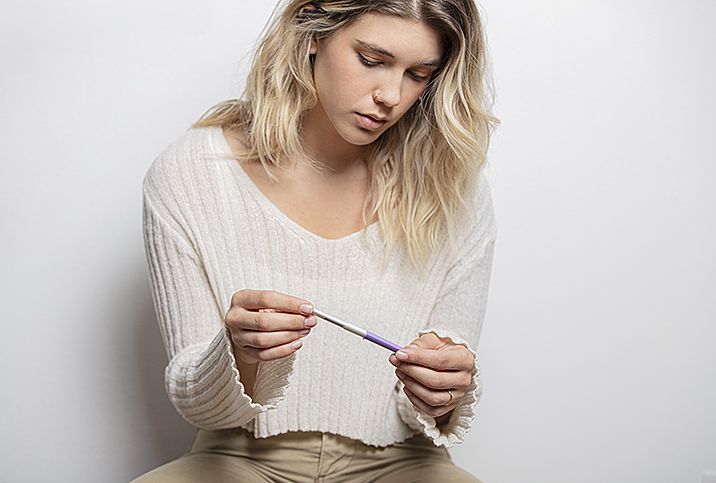What Are the Potential Risks of Assisted Reproductive Technology?

Millions of babies around the world have been born with the help of assisted reproductive technology (ART). For couples struggling with infertility, ART procedures can prove life-changing.
"Assisted reproductive technology refers to the medical techniques that assist individuals or couples in achieving a pregnancy when natural conception is not possible or not desirable," said Lora Shahine, M.D., a reproductive endocrinologist at Pacific NW Fertility in Seattle and the host of the "Baby or Bust Podcast."
When most people think of fertility treatments, they probably think first of in vitro fertilization (IVF)—IVF does account for 99 percent of all ART procedures—but ART is a much broader category of treatments.
"ART includes a wide range of treatments, such as in vitro fertilization, intracytoplasmic sperm injection (ICSI), donor egg or sperm, and surrogacy," Shahine said. "These treatments involve various medical procedures that help individuals overcome infertility, genetic disorders or other reproductive problems."
As necessary as assisted reproduction can be for some families, these procedures don't come without downsides. Before undergoing ART treatment, it's important to understand potential risks and costs.
What are the risks of IVF?
Every medical procedure comes with a level of risk, and IVF is no different. ART comes with significant physical changes and financial strain, both of which can increase participants' stress levels. Stress during pregnancy can be dangerous, as it increases the risk of high blood pressure, preterm labor and low-weight birth.
"IVF is generally considered very safe," said Dana McQueen, M.D., a reproductive endocrinologist with Reproductive Medicine Associates of Northern California in San Francisco. "The risks associated with in vitro fertilization are mostly related to the procedure itself. There is a small risk of bleeding, infection or complication from the egg retrieval or anesthesia."
Another risk of IVF is the possibility of multiple births. Statistically, women who undergo ART procedures are more likely to conceive twins than non-ART pregnancies.
"In rare cases, IVF can lead to life-threatening conditions such as ovarian hyperstimulation syndrome or ectopic pregnancy," Shahine said. "The chances of these risks are rare and many couples find that the benefits of IVF outweigh the potential drawbacks. And IVF remains a popular option for those struggling with infertility."
The risks of ovulation induction
Ovulation induction is a medical treatment used to help women who are struggling to get pregnant due to irregular ovulation or lack of ovulation.
"This treatment involves using medications, such as clomiphene citrate, letrozole or gonadotropins, to stimulate the ovaries to produce and release eggs," Shahine explained.
These medications are generally safe but do carry the risk of ovarian hyperstimulation syndrome (OHSS). The ovulation-induction medication causes the ovaries to produce more eggs than usual. This mechanism can occasionally cause the ovaries to swell and release fluid into the body.
Symptoms of OHSS include the following:
- Pain
- Nausea
- Bloating
- Weight gain
- Difficulty breathing
- Blood clots
- Kidney failure
- Decreased urination
This condition affects fewer than 5 percent of women undergoing IVF, according to Cleveland Clinic, and is more common in women with polycystic ovary syndrome (PCOS).
Treatment for OHSS depends on the severity of the case. Mild OHSS can be treated with self-monitoring, over-the-counter pain relievers, avoiding physical activity and an increased fluid intake.
More severe cases of OHSS may necessitate:
- An adjustment in fertility medications
- Intravenous fluids
- The addition of new medications to treat the swelling
- Delaying embryo transfer until the swelling goes down
OHSS is temporary and typically dissipates within two weeks. The condition, while possibly deeply uncomfortable, does not cause any risk to the health of your baby, according to Cleveland Clinic.
The cost of ART
Every form of assisted reproductive technology comes with a level of physical risk. That's not, however, the only stressor to consider: ART is very expensive. A single round of IVF is estimated to cost about $12,000, and ovulation-inducing medications can cost a few thousand dollars more.
Beyond the actual ART procedures, it's likely both partners must undergo several tests to determine the cause of infertility. For families who need to go through lots of testing and multiple rounds of IVF, these expenses can add up.
"IVF can be expensive," McQueen acknowledged. "Luckily, some insurances cover fertility treatments and so asking your HR department may help you navigate the costs of IVF. In addition, some states have a state mandate requiring insurance coverage for IVF."
Currently, 20 states require private insurers to offer some level of fertility coverage. Unfortunately, all 20 states vary in what exactly "fertility coverage" means. These states include Arkansas, California, Colorado, Connecticut, Delaware, Hawaii, Illinois, Louisiana, Maine, Maryland, Massachusetts, Montana, New Hampshire, New Jersey, New York, Ohio, Rhode Island, Texas, Utah and Virginia.
Many fertility centers offer payment plans, which can help, and some will refund you a certain amount of money for unsuccessful rounds.
Fighting the ART stigma
As far as assisted reproductive technology has come, stigmas associated with infertility and fertility treatments remain. This stigma, unfortunately and inaccurately, often falls on women.
"Most social stigmas are related to assumptions like infertility is the woman's fault, when up to 50 percent of infertile couples have male factors as a part of the diagnosis," Shahine said. There is a shame that can come along with infertility. Even though infertility is no one's fault, some people can find it difficult to see their friends and family conceive successfully while they cannot. Breaking through the shame demands more open conversation about fertility struggles and the means people take to conceive children.
"For every patient who has to go through ART, there is a profound disappointment that they couldn't do it 'naturally,'" said Karenne Fru, M.D., Ph.D., a fertility specialist with Oma Fertility in Atlanta. "As a society, I am heartened to see that more people are talking about their experiences. Fertility care is, plainly speaking, healthcare."


















